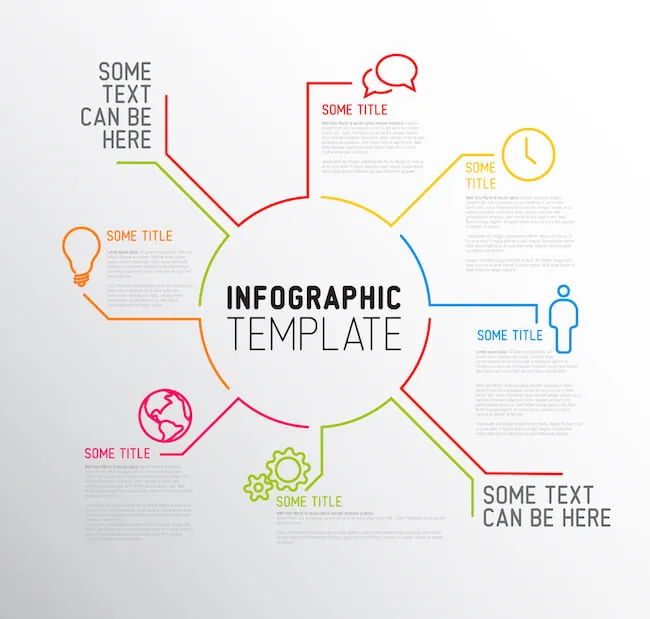Create Infographics for Visual Content Marketing
It has become widely accepted that people love images and, with that, infographics. Infographics drive traffic, increase conversion rates, and spur social media engagement. However, that’s not a blanket statement. Posting any infographic using irrelevant data and unattractive graphics and images can have an adverse effect, costing you followers and clicks in the long-term.
Some are making the argument that infographics are outdated, but the stats don’t support this stance. Although irrelevant infographics can fall flat, all digital marketers have seen readers flock to infographic content.
Infographics have been a major information delivery vehicle since 2007 and it has evolved since that time. Although infographics were created to inform people, to make a lot of data easy to consume and understand, in some cases they have become more about design. Do not go overboard when creating an infographic, as it is best to focus on conveying the information clearly, in an easy-to-read manner. Start by asking yourself why you are creating this infographic. Why are you sharing this data, and how does this fit your marketing plan? (Which you definitely have, right?)
Like any content in digital marketing, creating content without reason is a weak strategy. Remember, you should have an overall vision and use different tools, like infographics, to execute the strategy. Use an infographic if it is really the best way to share the information, not just for the sake of making a picture.
The infographic also shouldn’t be all about your company. An infographic that focuses on your business does more for you than your audience. The content should be relevant to your industry and your audience’s interests, sharing information that will help solve a problem of theirs, just like your business will.
Now you can really pay attention to the design, and you really should pay attention to the design. There are so many complex and simply ugly infographics (go ahead and Google it for fun) that will only serve to drive readers away. Design the graphics around your data. Also keep in mind that about half of all website traffic now comes from tablets and smartphones so an effective infographic should be mobile-friendly.
Stick to smaller infographics that are easier to share on mobile devices, and are easier to create. Spread multiple topics across several infographics instead of creating one exhaustive image. The important thing is to make sure that your infographic is compelling, relevant, and visually appealing.




